Brighten Your Garden With These Stunning Yellow Flowering Plants
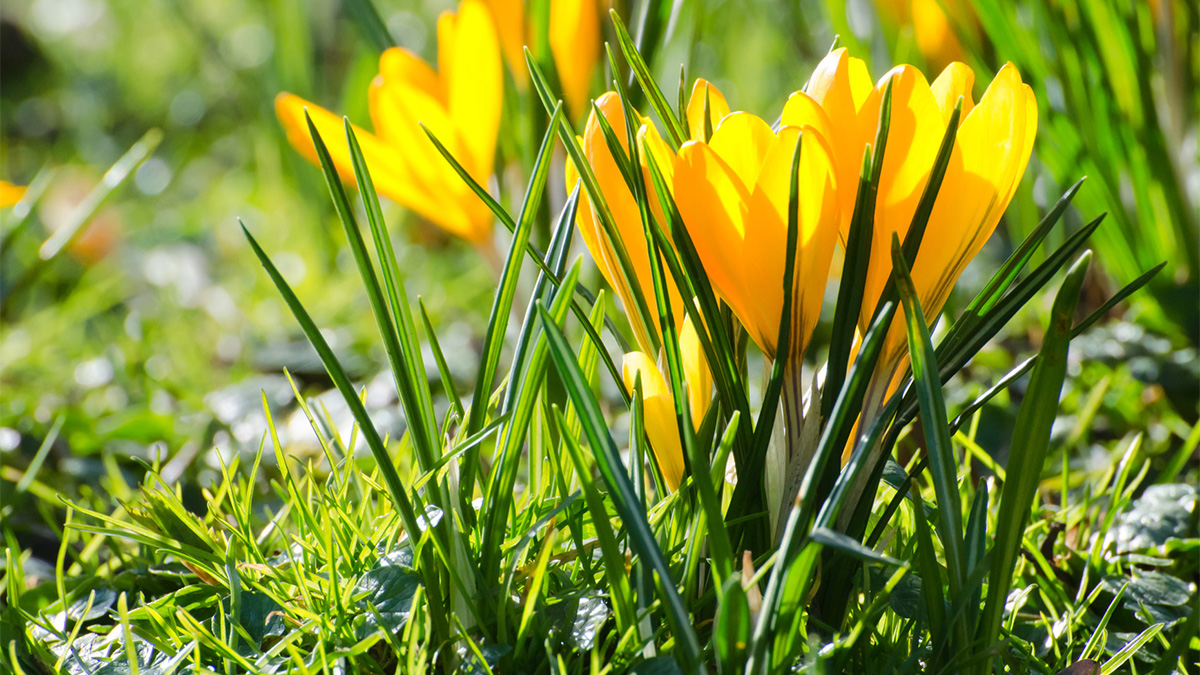
Yellow flowering plants have an undeniable charm. Their vibrant and cheerful appearance naturally brightens any garden, bringing warmth and joy throughout the growing seasons. Incorporating yellow flowers can dramatically enhance your landscape’s appeal, making it feel more inviting and uplifting.
The psychology and symbolism of yellow flowers
The color yellow has powerful emotional effects, often associated with optimism, happiness, and positivity. Yellow flowers symbolize friendship, joy, and new beginnings in many cultures. Adding yellow flowers to your garden can instantly uplift the mood and create a sense of warmth and welcome, making them excellent choices for front gardens, entryways, or social areas in your landscape.
Choosing the right yellow flowering plants
When selecting yellow flowering plants, consider factors like your climate, garden space, and maintenance preferences. Some yellow blooms are best suited for sunny locations, while others prefer partial shade. Understanding whether a plant is an annual, perennial, shrub, or tree will help you plan your garden effectively, ensuring blooms throughout different seasons.
Stunning yellow annual flowers
Annual plants complete their entire life cycle from seed to bloom in just one gardening season, making them ideal for immediate garden impact and seasonal flexibility. They provide continuous, vibrant blooms all season.
Marigolds

Marigolds produce vibrant yellow to orange flowers lasting from late spring until frost. Hardy and beginner-friendly, they tolerate various soils with minimal care. Marigolds naturally deter pests like aphids and nematodes. Plant them in full sun with well-drained soil, watering regularly for extended blooms.
Related: The Surprising Benefits of Planting Marigolds in Your Vegetable Garden
Sunflowers

Sunflowers are iconic, featuring large, cheerful yellow blooms and strong stems. They attract pollinators like bees, butterflies, and birds. Available in dwarf or towering varieties, sunflowers thrive in full sun and enriched, well-draining soil. Taller types may need staking for support.
Related: 7 Little-Known Facts About Sunflowers That Make Them Even More Amazing
Zinnias
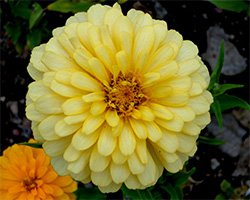
Zinnias showcase bright blooms in shades from soft yellow to vivid gold, flowering continuously throughout summer into early fall. They’re popular as long-lasting cut flowers and prefer sunny locations with good airflow and well-drained soil. Once established, they’re drought-tolerant and require minimal maintenance.
Related: Why Zinnias Deserve a Spot in Every Garden
Beautiful yellow perennial flowers
Perennials return year after year, offering enduring beauty and reliable garden performance. They form the foundation of many garden designs with their long-lasting appeal and minimal maintenance.
Black-eyed Susan

Black-eyed Susans feature bright daisy like blooms with yellow petals surrounding a dark-brown or black center. Blooming from midsummer through fall, they’re remarkably drought-resistant and thrive in poorer soils. These plants attract pollinators like butterflies and bees, making them perfect for sunny, well-drained areas.
Daylilies
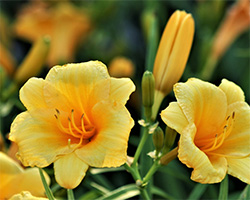
Daylilies offer trumpet-shaped yellow blooms continuously from early summer into early autumn. Valued for their adaptability, they thrive with minimal care in various soils and sun conditions. Naturally resistant to pests and diseases, daylilies perform best in full sun to partial shade with moderate watering.
Coreopsis
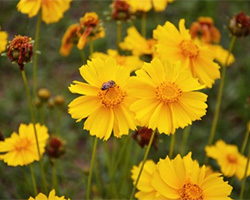
Coreopsis plants display cheerful, delicate-looking yellow flowers from late spring through fall. Hardy and drought-tolerant, they flourish in sunny locations and attract beneficial pollinators. Plant coreopsis in full sunlight and well-draining soil, occasionally deadheading spent flowers to encourage ongoing blooms.
Yellow flowering shrubs and vines
Shrubs and vines add vibrant color along with structure and height, making them ideal for borders, trellises, and focal points. Their extended bloom time enhances depth and interest throughout the growing season.
Forsythia
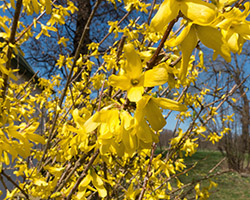
Forsythia signals the start of spring with bright yellow blooms that appear before its leaves. Fast-growing and ideal for hedges or privacy screens, it thrives in full sun but tolerates partial shade. Once established, it needs little maintenance aside from occasional pruning after flowering to keep its shape and promote blooming.
Yellow climbing roses

Climbing roses with golden blooms bring vertical interest, classic charm, and fragrance. They grow well on trellises, fences, or pergolas and need full sun, consistent watering, and seasonal pruning. With regular care and fertilizing, they provide lush foliage and vibrant flowers.
Potentilla
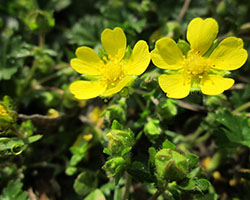
Potentilla, or cinquefoil, is a compact, long-blooming shrub that produces yellow flowers all summer. Hardy and low-maintenance, it handles poor soil and dry conditions well. It’s a great choice for borders or foundations, needing only occasional watering during dry spells to keep blooming strong.
Yellow flowering trees
Flowering trees bring height and structure to the garden while serving as eye-catching focal points. Yellow-blooming varieties add a cheerful burst of color and seasonal interest.
Golden chain tree
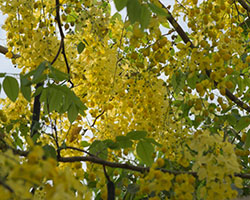
This tree stands out with dramatic, cascading clusters of yellow flowers in late spring. It prefers cool climates, partial shade to sun, and well-drained soil. Protect it from extreme heat and water during dry spells for healthy growth.
Yellow magnolia
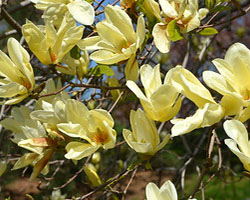
Yellow magnolias produce soft yellow blooms in early spring before leafing out. These ornamental trees are low-maintenance, adaptable to different soils, and pest-resistant. Plant in full sun or light shade with well-draining soil for best results.
Witch hazel

Witch hazel blooms in winter with fragrant, spidery yellow flowers. It brings seasonal interest and supports pollinators when few plants are flowering. Adaptable and resilient, it thrives in sun or partial shade with little upkeep.
Companion planting with yellow flowers
Pair yellow blooms with complementary colors like purple, blue, or white to create striking visual harmony. Purple salvia, blue delphiniums, or white daisies beautifully contrast with yellow flowers, enhancing the garden’s aesthetic. Companion planting also benefits pollinators by providing diverse nectar sources.
Conclusion
Yellow flowering plants offer numerous benefits, from enhancing aesthetics and mood to supporting pollinator health. With thoughtful plant selection, proper care, and creative design, your garden can become a vibrant, welcoming space filled with cheerful yellow blossoms. Start integrating these beautiful yellow plants today and experience the uplifting joy they bring to your outdoor spaces.
